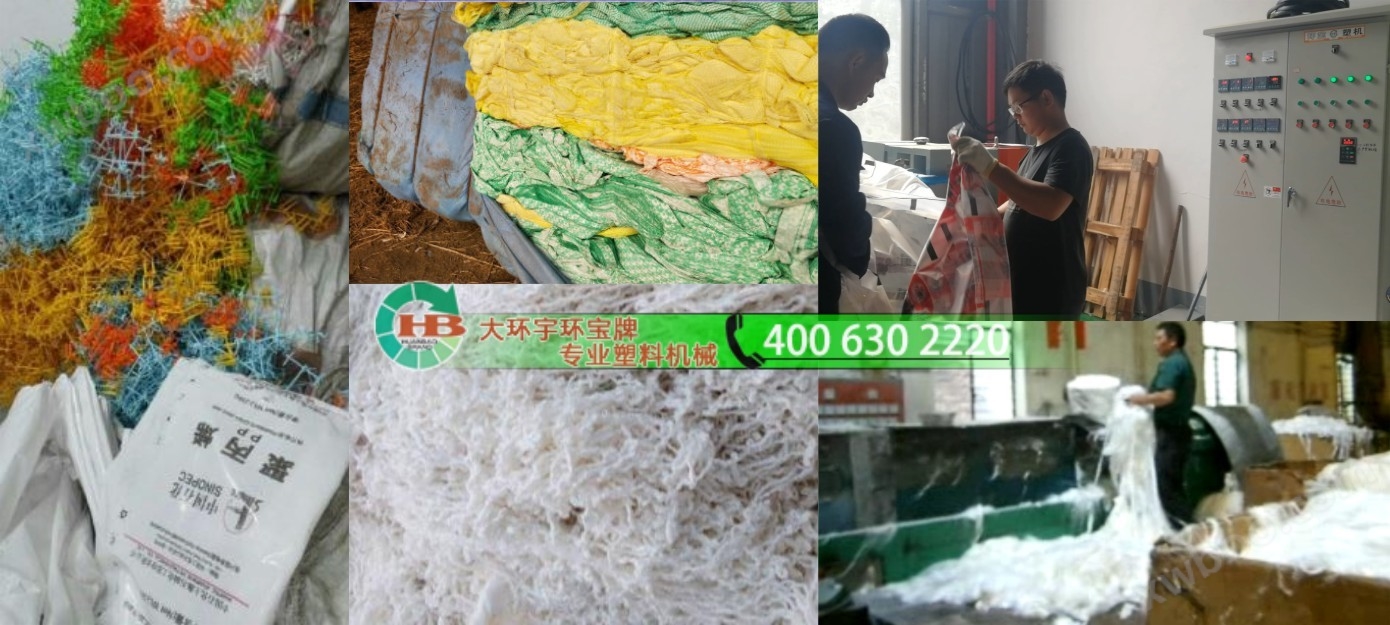Application areas:Waste chemical fibers, non-woven fabrics, polypropylene, acrylic, polyester, spandex, nylon, ice silk, imitation adhesive fabrics
Related applications:Synthetic fabrics, synthetic clothing, hats, socks, covers, mats, covers, skirts, felts, linings, curtains, leather, canopies, knife scraping fabrics, fishing nets, safety nets, filter cotton, tying ropes, belts, absorbent cotton, absorbent materials
1、 Related videos:
To be added
2、 Project Overview:
The recycling and processing of non-woven fabrics, synthetic fabrics, various synthetic scraps, and synthetic products are increasingly valued. China has already issued relevant regulations to regulate the synthetic textile industry, clarifying that each synthetic product should be classified and labeled based on the principles of identification and recycling. This will further stimulate various synthetic recycling and processing industries, leading to a significant increase in the recycling and regeneration of synthetic and non-woven products. Therefore, developing recycling and processing equipment for various physical and chemical performance indicators of non-woven fabrics has significant practical significance and economic value.
Common materials such as synthetic fabrics and non-woven fabrics include polypropylene, polyester, acrylic, spandex, nylon, chlorinated polyester, vinylon, as well as composite synthetic fabrics such as PBT, composite carpets, clothing, socks, covers, and other products. They also include a large amount of corner scraps generated by synthetic product factories. The usual recycling and processing steps are: classification - rough crushing - dry cleaning - slag and dust removal - drying - granulation (or pellet formula granulation), and clean and single materials can also be directly granulated on the machine.
The production line equipment or process flow can be customized according to local conditions and materials, striving to achieve scale, automation, environmental protection, refinement, and higher purity and reuse value of regenerated granular materials. The granulation equipment is a specially designed combination hopper and composite mixing exhaust function. The discharge port is designed with extended eccentric feeding or flat pushing feeding. The barrel and screw are designed as a mixed type, equipped with special heating with large reserve function and independent segmented box covers with bidirectional temperature control. Combined with infinite speed regulation under different working conditions, it can adapt to different types of materials in a large range. According to the actual needs of users, some configurations can be changed, and the model size can be adjusted. The main components are specially designed to have strong processing ability and good cleaning quality. Highly automated, widely applicable, and labor-saving, And the outstanding advantages of safety, environmental protection, and energy conservation are widely used in non-woven fabric recycling and processing enterprises with a certain scale and pursuing automation benefits.

3、 Chemical fiber/non-woven fabric shredding, crushing, dry cleaning, and granulation equipment


4、 Chemical fiber cloth and non-woven fabric granulation equipment
Automatic granulation unit with broken granules

Direct feeding dual stage granulation unit

Chemical fiber/non-woven fabric pellet equipment

5、 Realistic scene of recycling and granulation of synthetic and non-woven fabrics


